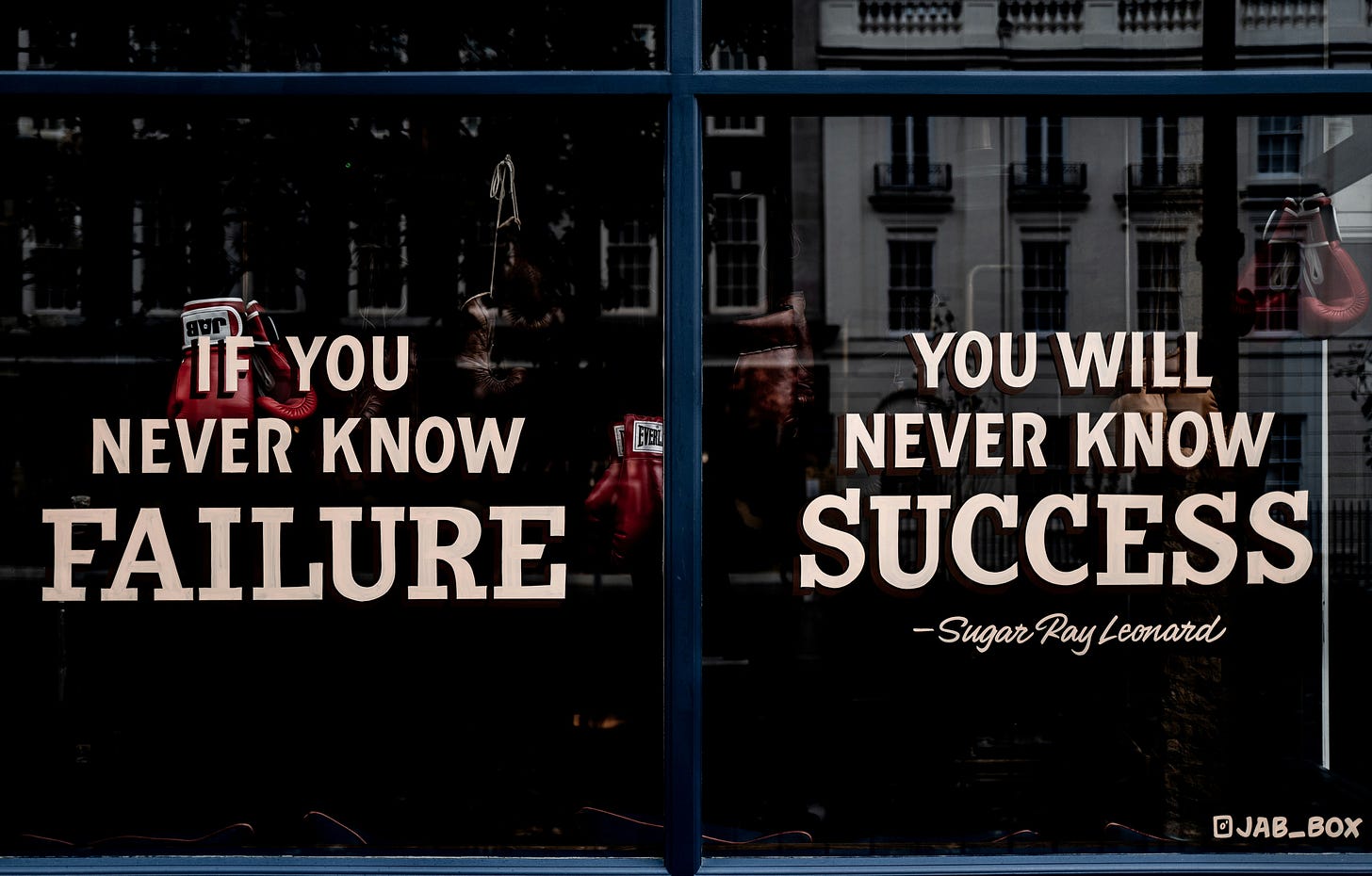Embracing a Culture of Failure: How Experimentation Can Lead to Innovation
How to promote experimentation through safe failure.

Fear of failure
Failure is often associated with unsuccess.
Some people think that the road leading to success is the one avoiding failures. To be successful, you can’t fail. Failure means you didn’t make things the right way.
We live with the fear of failure.
We tend to choose the less risky paths and proceed slowly to avoid making mistakes. We keep repeating, “I’ve always done things this way, so why risk?” The only way to avoid failure is to avoid risks.
But what are the implications of that?
Innovation
You can’t innovate without taking risks.
To innovate, you have to avoid existing paths and create new ones. You need exploration. You can’t do what everyone else does; you must venture into the unknown.
Innovation is the only road to success.
Every time you avoid risks, you miss an opportunity to innovate. Of course, there are risks worth taking and others you decide not to take. However, avoiding all the risks means avoiding innovation.
Without innovation, unsuccess is inevitable.
Company’s Culture
The company’s viewpoint around failure is key to understanding its people.
1. Blame culture

When something bad happens, we need to find the guilty.
If something terrible happens, it must be someone’s fault. After a failure, the company’s efforts are focused on blame and punishment. Those who made mistakes need to pay.
The main consequences of this culture are:
Hiding mistakes
Avoiding responsibilities
If something goes wrong, people try to fix it before anyone can notice. If you find something that could be improved, don’t touch it; it will become your responsibility. After an issue, no one will raise their hand to add information about it because they fear the blame.
This leads to people avoiding innovation and always following the same patterns.
2. Micromanagement
The only way to avoid failures is to control people.
Managers need to assign very detailed tasks to engineers. This ensures that they only have to follow the steps; there is no room for mistakes. Managers also need to control people and ensure they follow the right path.
With this attitude, people ignore the “why” of what they are doing.
They cannot express their opinion or propose different solutions because they don’t have enough context. They are considered only for their execution. Creativity is completely ignored.
This is one of the main reasons why companies lose their best talents.
3. Experimentation model

The company understands the value of experimentation.
Failure is part of the company’s culture and is documented. When something bad happens, people know the process. They escalate the issue to a Situation Room if needed.
Most importantly, people have a process to learn from failure.
People experience psychological safety. This means they feel free to raise their hand and express their opinion. They express their ideas, and the company takes them into account.
This culture is the only one capable of distinguishing between positive and negative failure.
Positive failure vs Negative failure
Negative failure is the one to limit.
We can’t completely avoid negative failure. However, the company’s efforts should be focused on limiting this kind of failure, and the process should include steps to prevent it.
Positive failure, on the other hand, is something we need to prepare.
Experimentation includes a percentage of risk and, consequently, the possibility of failure. This possibility of failure must be analyzed before the experiment starts.
Positive failure includes the following considerations:
What is the risk of failure?
What could be the consequences of failure?
What is the effort to recover?
What are the learning opportunities?
The essential difference between positive and negative failure is that positive failure is something we are prepared for. It brings new opportunities. There are also specific types of problems that require this approach to solving.
Positive failure is the only way to innovation.



